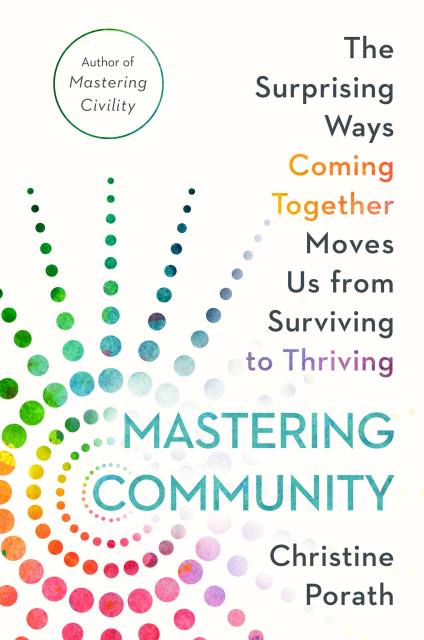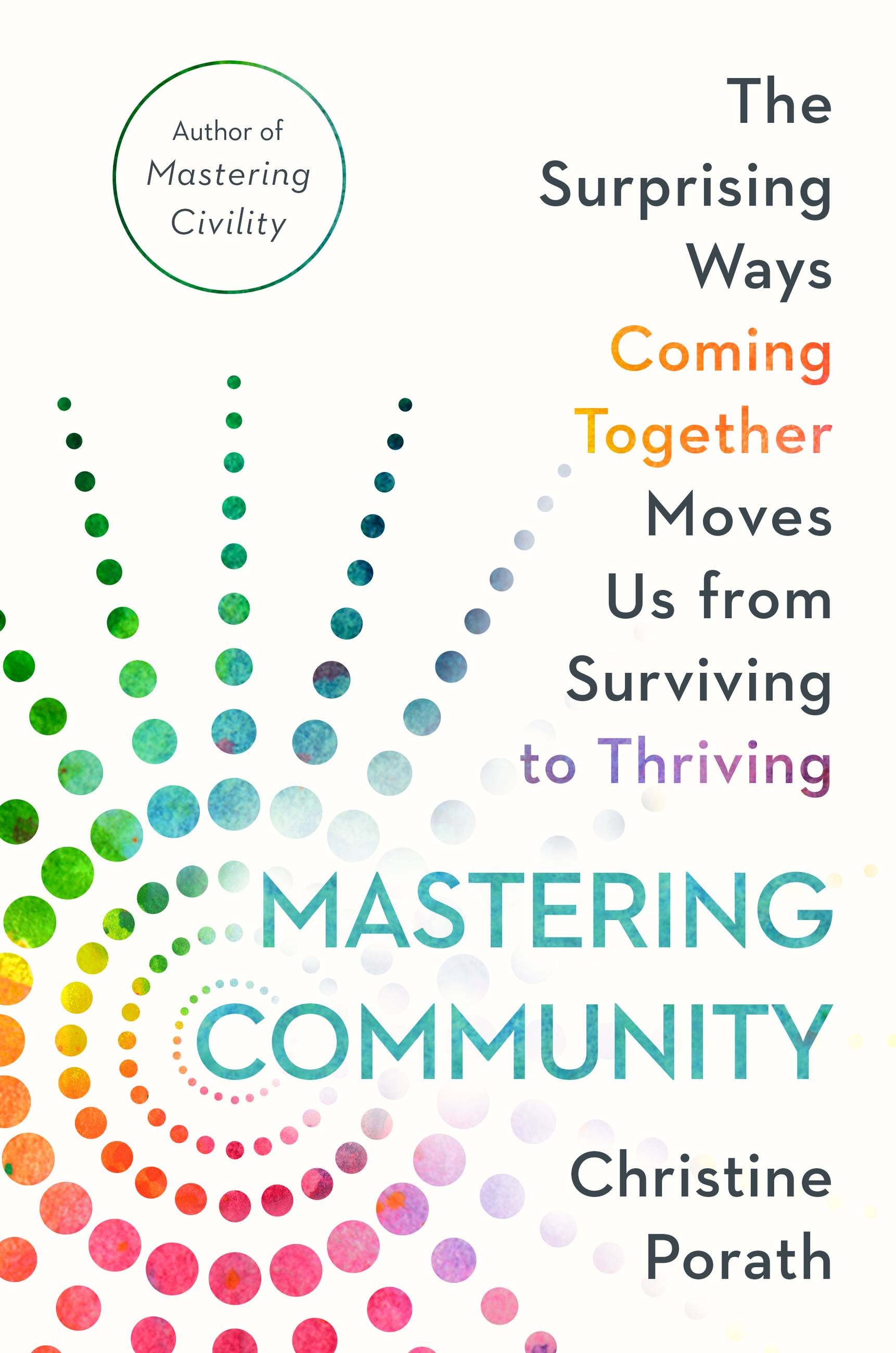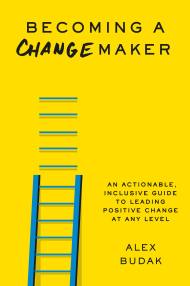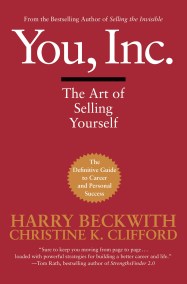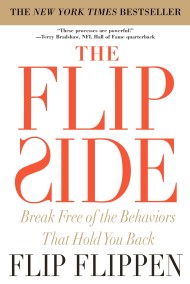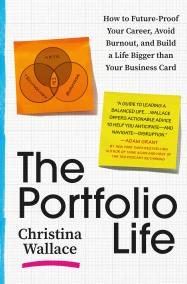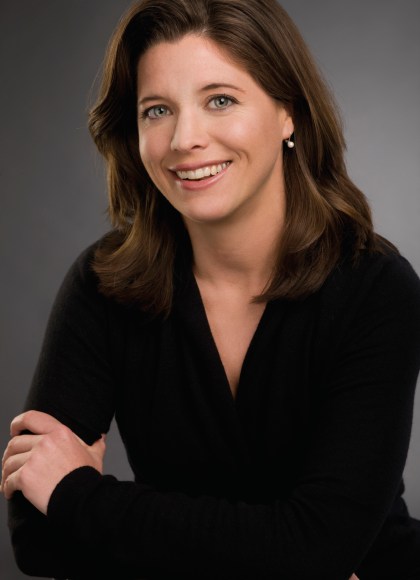Promotion
Use code MOM24 for 20% off site wide + free shipping over $45
Mastering Community
The Surprising Ways Coming Together Moves Us from Surviving to Thriving
Contributors
Formats and Prices
Price
$29.00Price
$37.00 CADFormat
Format:
- Hardcover $29.00 $37.00 CAD
- ebook $12.99 $16.99 CAD
- Audiobook Download (Unabridged) $27.99
- Trade Paperback $18.99 $23.99 CAD
This item is a preorder. Your payment method will be charged immediately, and the product is expected to ship on or around March 8, 2022. This date is subject to change due to shipping delays beyond our control.
Also available from:
Despite our deep desire to feel a sense of belonging, many of us feel isolated. The rise of technology and modern workplace practices have led people to be even more disconnected, even as we remain constantly contactable. And as our human interactions have decreased, so too have our happiness levels. This is sparking a crisis in mental health that will have repercussions for years, leaving people lonelier and organizations less productive and profitable, too. What Christine Porath has discovered in her research is that leaders, organizations, and managers of all stripes may recognize there is a cost but have few solutions for how to implement the cure: Community.
With her signature depth and grasp of research across myriad industries including business, healthcare, hospitality, and sports, Porath extrapolates from the statistics on the experiences of hundreds of thousands of people across six continents to show us the potential for change. Through uniting people and sharing information, unleashing them with autonomy, creating a respectful environment, practicing radical candor, providing a sense of meaning, and boosting personal well-being, anyone can help a community truly flourish. The applications of Porath’s findings are endless, and the stories and case studies are positive and uplifting. This insightful exploration of the real nature of community-building will inspire readers to unite and grow their communities—be it in the workplace, the PTA, sports, or places of worship—and make them thrive.
Genre:
-
“A workplace isn’t a family, but it can become a thriving community. This book is filled with insights on how to build one. Christine Porath is a leading expert on creating more civil organizations, and she brings the data and the examples you need to create a culture of respect and concern.”Adam Grant, #1 New York Times bestselling author of THINK AGAIN and host of the TED podcast WorkLife
-
"Company cultures and the communities they create are critical elements of our everyday lives, and ultimately, to the success of our businesses. Christine's beautifully written, well-researched new book has pulled back the curtain on developing communities that allow your employees to thrive. A perfect follow up for Mastering Civility, this book will change the way you operate in your life and at work!"Marshall Goldsmith, #1 New York Times bestselling author of Triggers, Mojo, and What Got You Here Won’t Get You There
-
"Community. Everybody talks about it, yet few of us do anything about it. But now we’re out of excuses — because Christine Porath has written the definitive work on building tribes that thrive. Mastering Community is an endlessly practical and deeply inspiring book that will enlighten any leader and transform any organization."Daniel H. Pink, #1 New York Times bestselling author of WHEN, DRIVE, and TO SELL IS HUMAN
-
"Mastering Community makes a compelling case for a big and beautiful idea: When people build communities where they care about, respect, and help each other, they are happier, healthier, more imaginative, more effective at improving the human condition—and in the business world—make a lot more money too! This delightful book is packed with sound evidence, lovely stories, and, above all, proven tools and tips that will help us unite and build more meaningful lives for ourselves and others."Robert Sutton, Stanford Professor, organizational psychologist, and author of seven books including Good Boss, Bad Boss, The No Asshole Rule, and (with Huggy Rao) Scaling Up Excellence
-
“Christine Porath has done it again! Mastering Community is a magnificent book everyone should read, share and apply. Backed by empirical data, Chris focuses on the critical need to build better communities and connections within our workplaces and society today. We do this by creating gathering places where people feel they belong, matter, and are treated with respect and civility. Truly a timely and relevant book!”Stephen M. R. Covey, The New York Times and #1 Wall Street Journal bestselling author of The Speed of Trust and Trust & Inspire
-
"It is very simple, really. There is no subject more important than community. And yet the vast majority of enterprises score poorly on the community scale. 'Now we have the answer' is a silly sentence. Or is it? In Mastering Community, Christine Porath has given us one of the most powerful—and actionable—books on organizational performance I have ever encountered. Enterprise-as-living-and-thriving community is quite possibly the most important organizational performance concept of them all. Do not 'read' this book. Instead, ingest it, share it, act on it, and change your world. This book is the rare one that deserves the word 'masterpiece.' Bravo."Tom Peters, coauthor of In Search of Excellence and author of Excellence Now: Extreme Humanism
- On Sale
- Mar 8, 2022
- Page Count
- 320 pages
- Publisher
- Balance
- ISBN-13
- 9781538736869
Newsletter Signup
By clicking ‘Sign Up,’ I acknowledge that I have read and agree to Hachette Book Group’s Privacy Policy and Terms of Use
